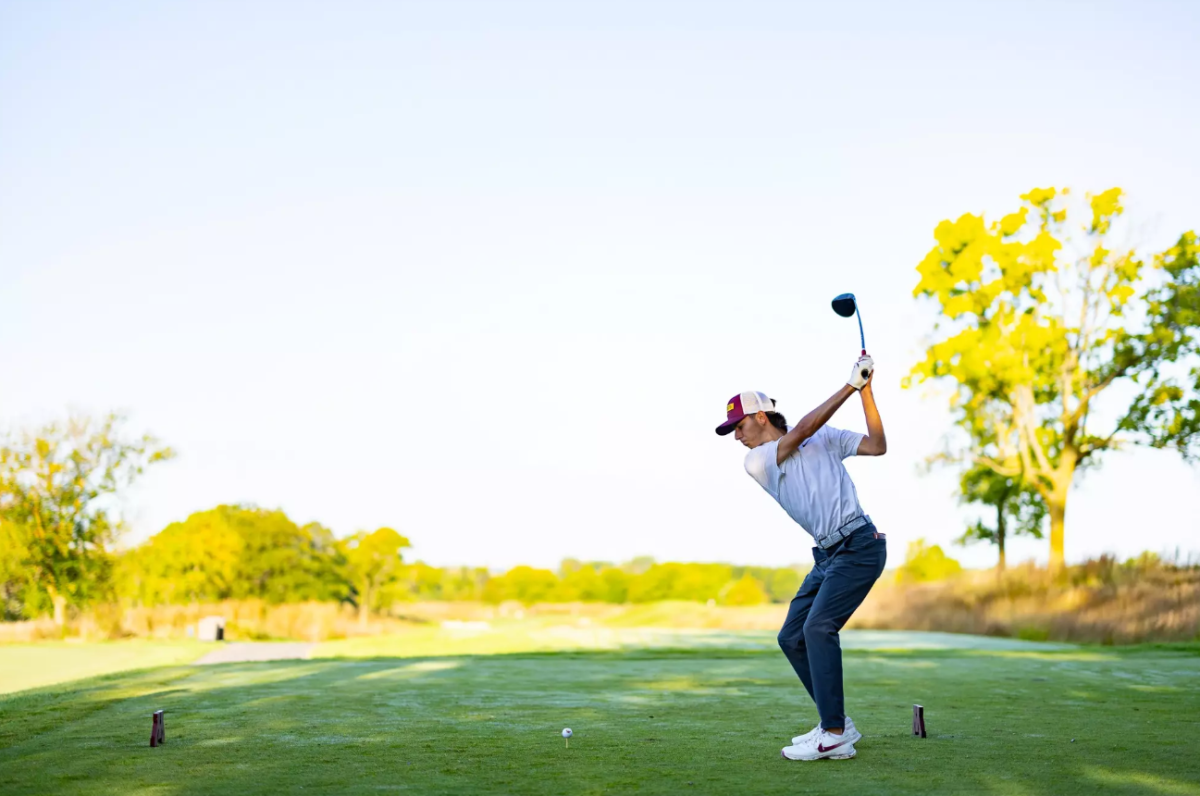From the moment coaching staffs target a prospective student-athlete, nearly all of their activities are monitored by the NCAA.
In an effort to address new issues that might come up in recruiting, the NCAA constantly changes its governance of athletics departments as they attempt to woo top talent from across the country.
Athletics department compliance director JT Bruett said there’s no surprise among department officials when the NCAA tweaks their recruiting policies.
“There are changes every year, depending on the sport,” he said. “There’s been a pretty consistent history of changes going in the recruiting rules on a yearly basis.”
While general concerns over recruiting can lead to changes, new technology can also solicit updates in NCAA policy.
Last year, NCAA legislation, pushed through by the Student-Athlete Advisory Committee, added text messaging to the list of prohibited recruiting activities, NCAA spokeswoman Jennifer Kearns said in an e-mail.
Student-athletes felt text messaging should be reserved as a way to communicate with friends, Kearns said.
“They agreed that the numbers of text messages they received as recruits was getting out of hand,” she said. “They expected a more formal communication from coaches during the recruiting process.”
Official visits, at the expense of the recruiting institution, are the crux of many recruiting practices, and are also limited and regulated by the NCAA.
Another change this year is that a recruit must provide an institution with college-entrance exam scores and an academic transcript prior to their visit, according to NCAA rules.
Under the rules, football is allowed 56 visits, basketball 12 and baseball 25 and each recruit is allowed only one official visit.
An amount of $30 is allowed to cover costs of entertainment for a recruit, but can’t be used to buy institutional souvenirs.
The number of times athletics officials can contact a prospective student-athlete is also governed by the NCAA.
Under the guidelines, athletics officials can make one call per week to a recruit, except in football and men’s basketball, which have their own set of recruiting rules, Bruett said.
In established contact periods for football recruiting, phone calls can be made “at the institution’s discretion,” according to NCAA rules.
For men’s basketball, coaches can place two phone calls to a recruit who is in their senior year of high school.
“We do a series of monitoring and audits,” Bruett said of his office’s oversight. “We check coach’s phone logs, recruiting phone logs, and we cross reference them with their actual phone records.”
In-person contacts allowed between athletics officials and a recruit are governed NCAA rules similarly to telephone contacts.
Under the rules, seven recruiting opportunities are allowed for all sports, as long as not more than three take place off-campus.
In football, athletics officials are allowed six in-person, off-campus recruiting contacts with a given recruit.
For men’s basketball, officials are allowed seven recruiting opportunities – contacts and evaluations combined – with a prospective student-athlete, but not more than three in-person and off-campus.
Ultimately, the NCAA keeps Bruett and athletics officials busy as they stay current with recruiting guidelines.
“There’s always issues going on over the course of the year as far as recruiting is concerned,” Bruett said. “We’re always making sure that we’re following the rules.”







